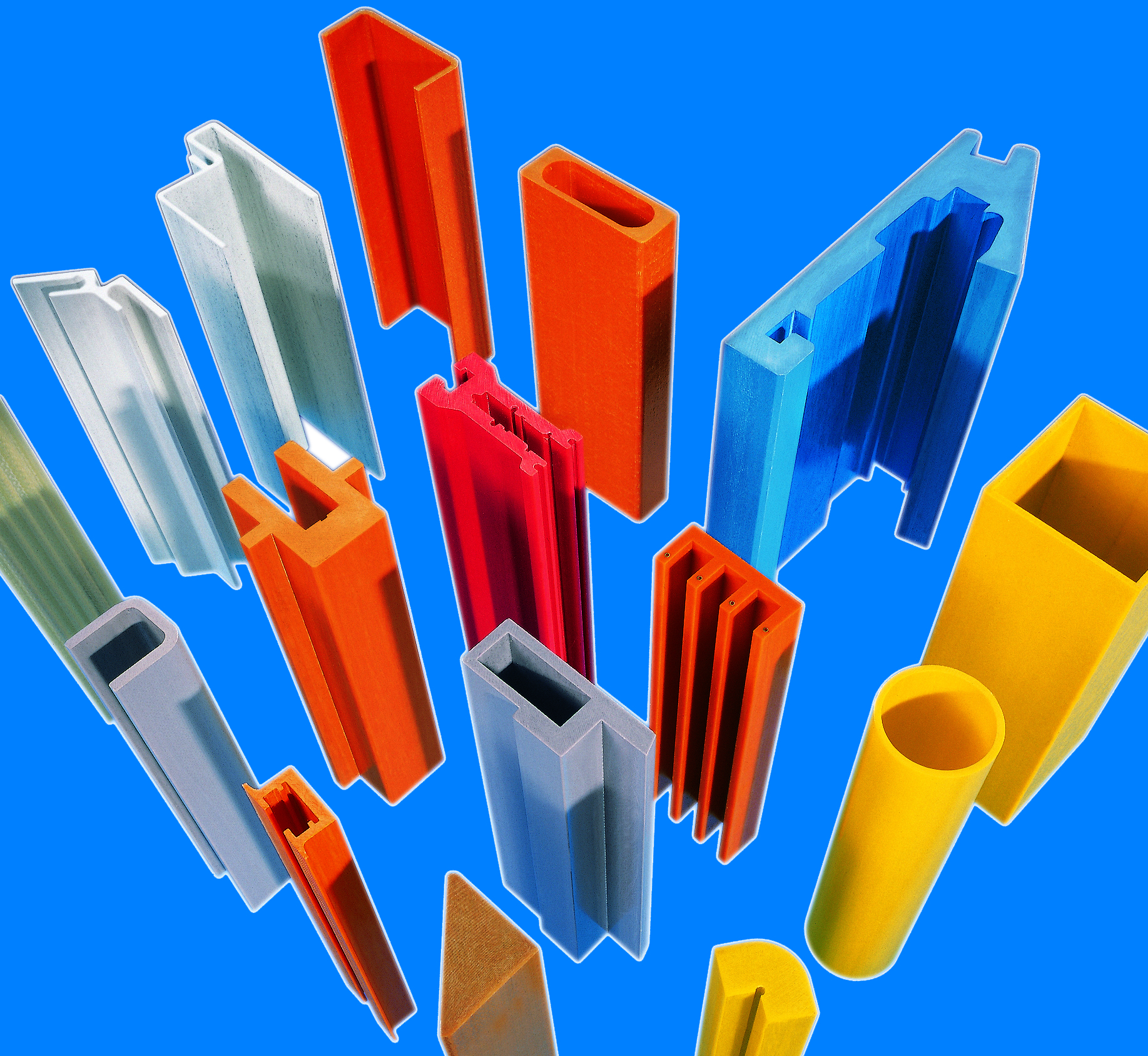
An industry report published by the European Pultrusion Technology Association (EPTA) suggests that there is a large potential for pultrusion growth within the residential housing market, in particular green and sustainable homes.
Pultruded profiles are already used in applications such as window systems, and composite pultrusions are now starting to replace wood, PVC and aluminium in a variety of residential applications including exterior trims, cladding, decking, columns, pergolas and arbours, as well as railings, fencing, decking and even modular housing systems, the EPTA says.
One example is the Start-link modular construction system for low-cost thermally efficient homes based on a number of pultruded profiles that bolt and ‘snap-fit’ together enabling rapid assembly. The composite is stable, inert and impervious to moisture and the pultruded parts are also lightweight, easily handled and installed without heavy lifting equipment, according to the association.
‘Pultruded glass fiber composites offer a high performance, cost effective alternative to more familiar building materials and are suited to a large number of applications in the residential construction market,’ said ’ Dr. Elmar Witten, managing director (MD) of the EPTA. ‘A heightened global emphasis on green building and sustainable building practices will bring increased interest in the potential for pultruded profiles to create energy efficient and sustainable residential solutions for the future.’
The full report can be found here (pdf).
This story is reprinted from material from the EPTA, with editorial changes made by Materials Today. The views expressed in this article do not necessarily represent those of Elsevier.



